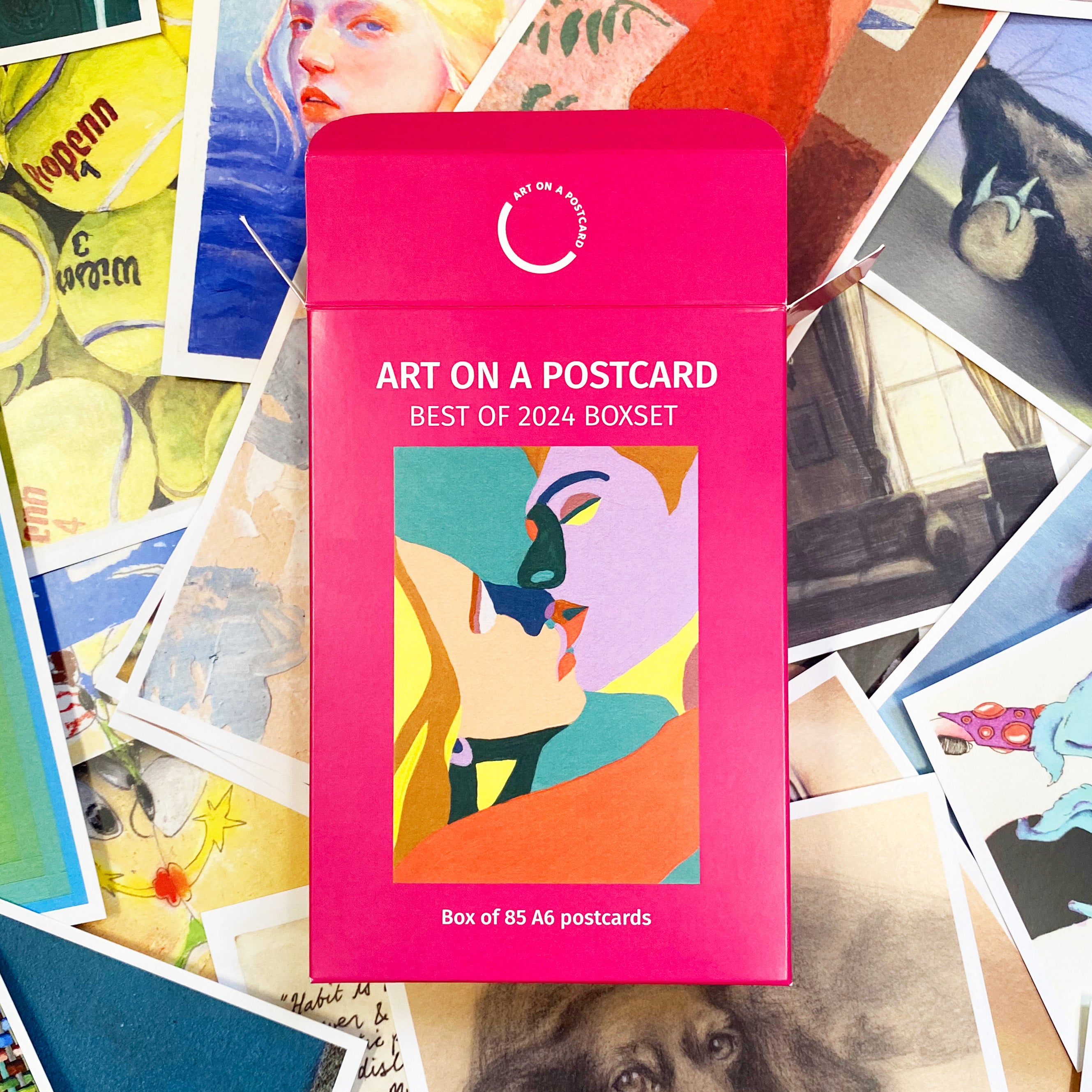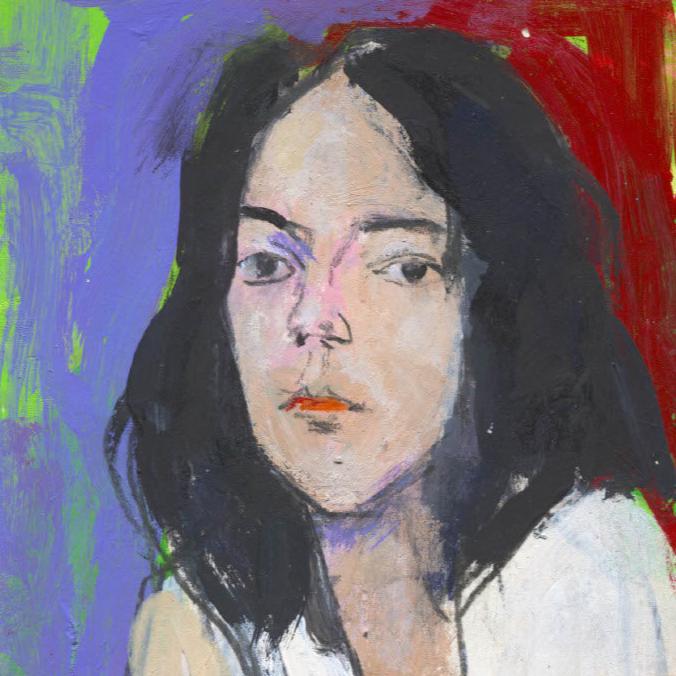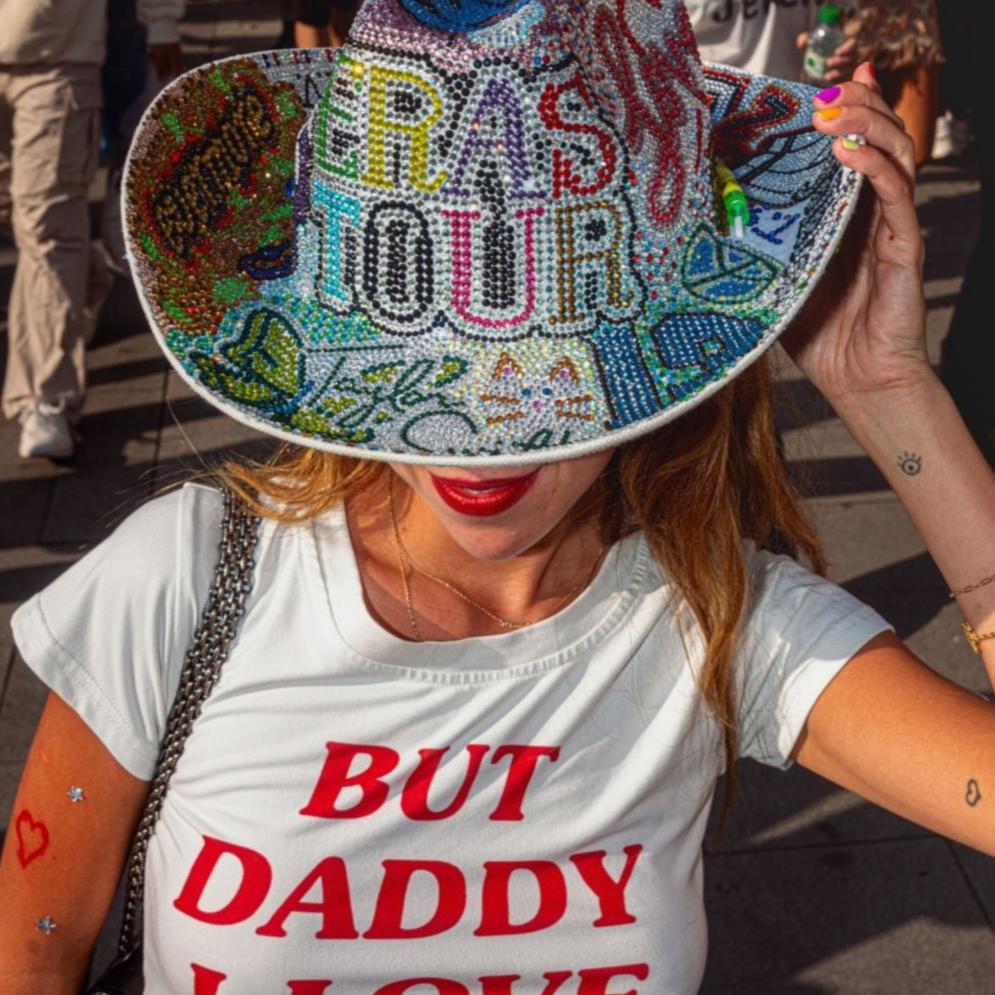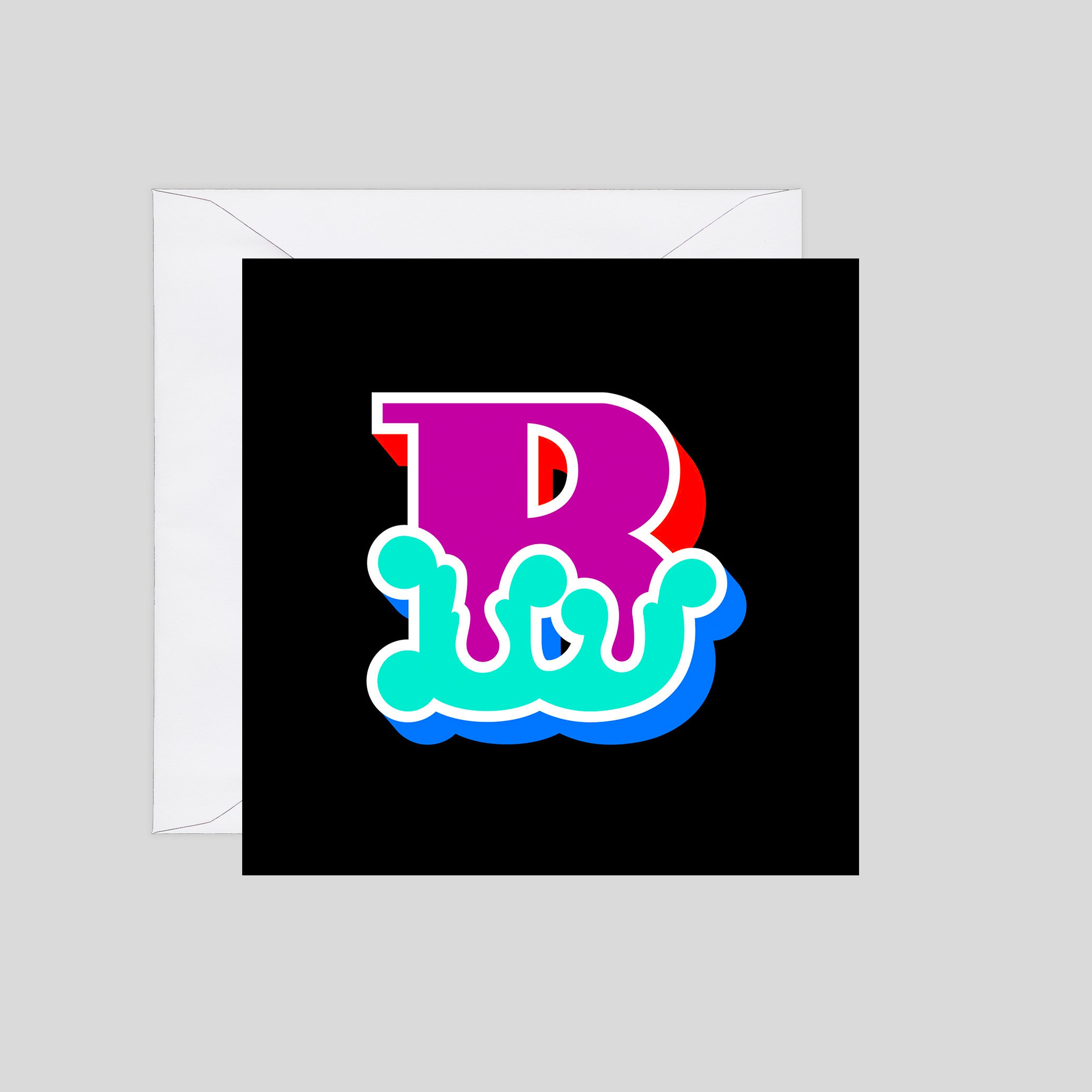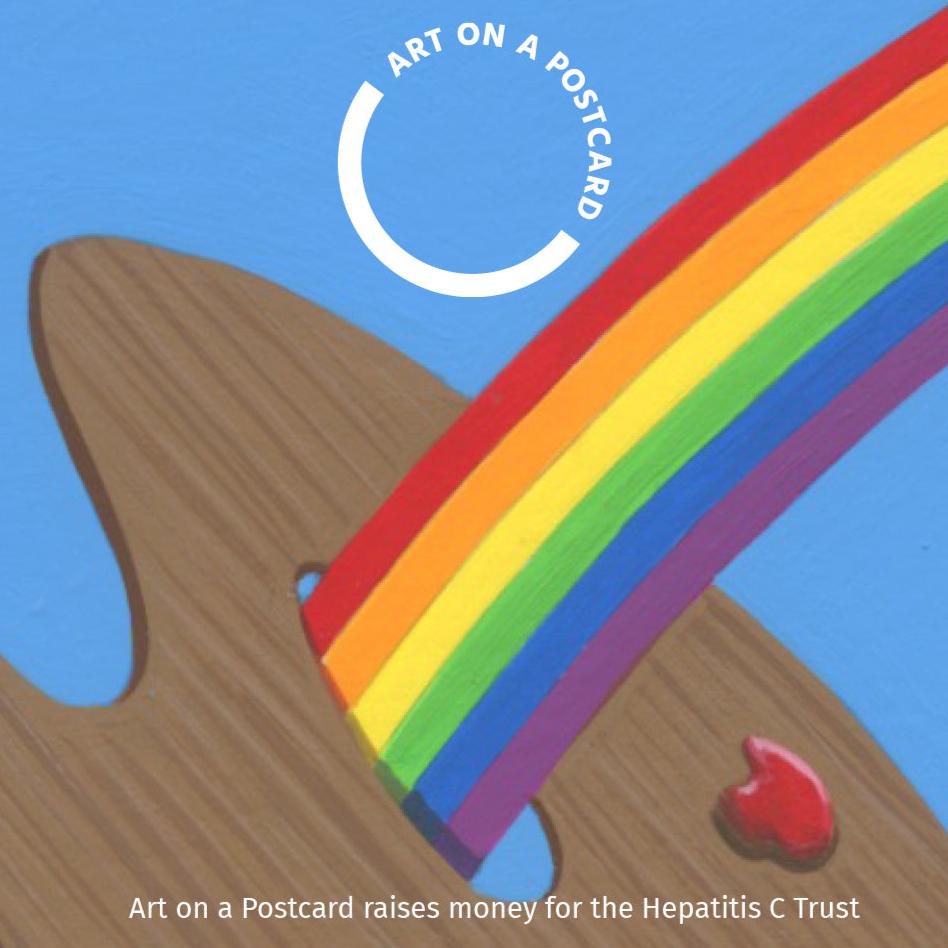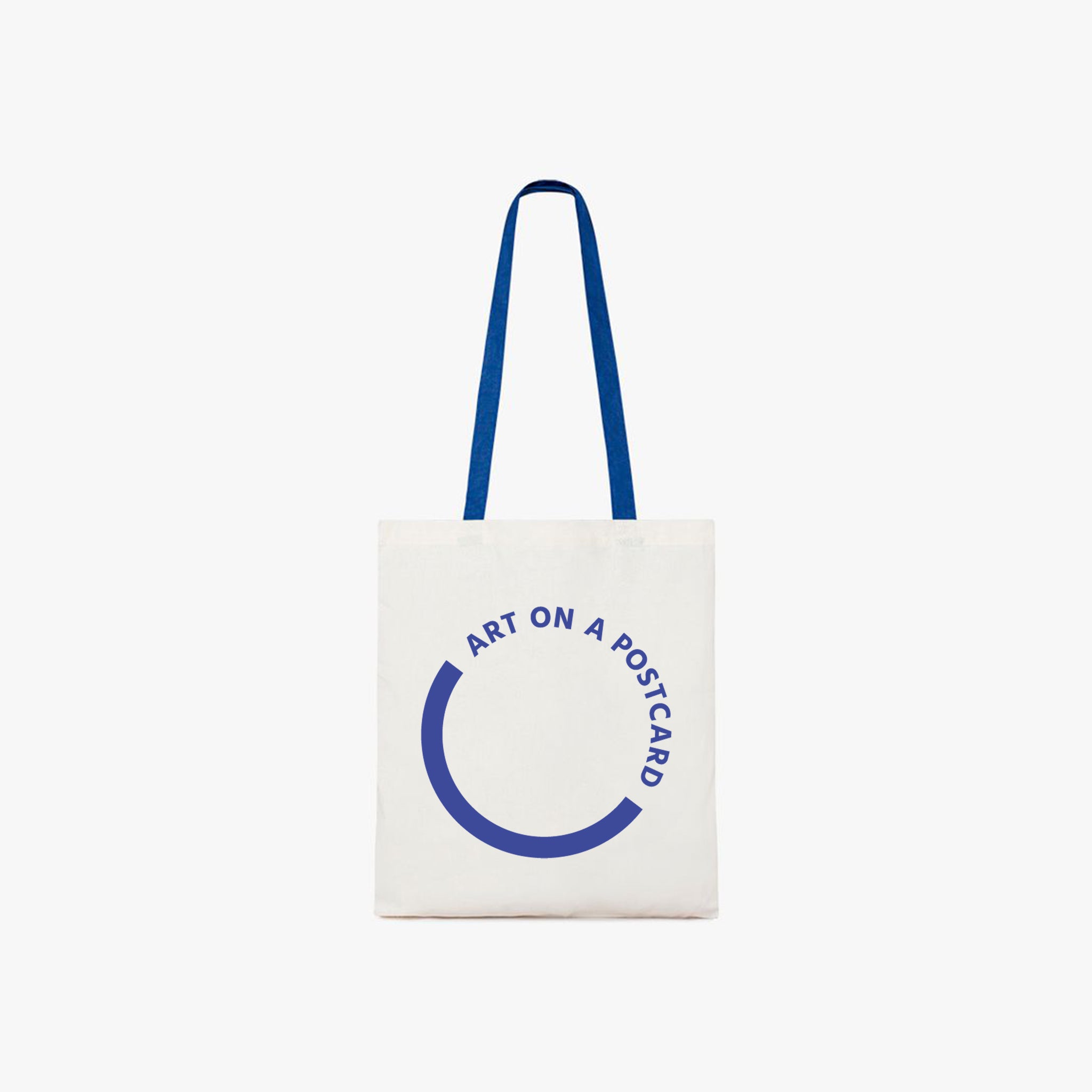Jane Bottery is a contemporary abstract artist whose work evokes a meditative sense of space and light, inspired by landscapes and the natural world. Through layered shapes, colours, and translucency, she explores materiality, mark-making, and refinement to achieve a lightness of touch. Her series-based approach reflects how time spent in a landscape evolves, creating pieces that resonate with quietness and openness rather than direct representation.
Your recent work uses tracing paper as a central material. What first drew you to the medium?
I was looking for a way to communicate the light and space I experience when I am in the natural world and found that tracing paper is a good medium for this as, when combined with coloured pencil, it radiates a glow. It is also transparent enough that, when folded, you can see through layers which creates a sense of depth. I’m also drawn to its inherent haziness which creates an interesting atmosphere.
Your process involves building and removing layers over time. How do you know when a piece is finished?
I’m looking for that moment when the work starts to glow and has an intensity and a lightness to it, and then aiming to stop before it dulls and becomes overworked.
Memory and place seem to be at the heart of your practice. How do those internal impressions of landscape begin to take shape in your work?
That’s an interesting question, one is not that easy to answer. There is quite a lot of experimentation, distillation and play with shape, colour and geometry until I find a combination that takes me back to the landscape and communicates that sense of light and air I’m after.
You’ve cited Agnes Martin as a key influence. In what ways has her philosophy or approach to art shaped your own?
I think her practice of absorbing sensations of the natural world and abstracting them into geometric expressions of light and space has been very influential as has her meditative philosophy of simplicity and taking time to let the work occur. Both have resonated with me.
Other artists you have referenced, like Rachel Whiteread and John Cage, often explore minimalism and chance. How do those ideas inform your creative decisions?
There are particular works by both artists that have been influential on my practice and both involve setting up a way of working and then seeing what emerges organically rather that determining the outcome at the beginning and they involve repetition so that a simple process can, over time, become richer and more nuanced.

Lot 322. Jane Bottery - Island Gift I (Left) ; Lot 323. Jane Bottery - Island Gift II (Right)
In your Summer Auction artworks Island Gift I and Island Gift II, you’ve responded to the landscape of Orkney. What aspects of that environment made their way into those works?
The colour and the light, the close relationship between water, land and air and how intertwined they are, the sense of open space, the quiet sound and how gently the landscape enfolded me.
Are there any upcoming projects or exhibitions you'd like to share with us?
I am currently exhibiting in the Trinity Buoy Wharf Drawing Prize which has been showing in London, Salisbury and Falmouth and will open in Dundee on 16 June. I have just been in a collaborative mail art project with HARDPAINTING - Postcards for Seyðisfjörður - which showed in Iceland and I will be in a group show Where Sky Meets the Sea at UCLH Arts, University College London Hospitals NHS Foundation Trust in July.
Visit Jane Bottery's Website
Questions by Victoria Lucas

